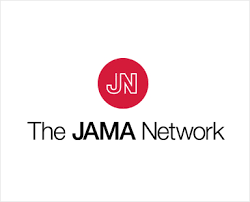Study: Excessive nurse overtime, agency staffing harm patients
Editor's Note
Overreliance on overtime and agency nurse staffing can significantly increase the risk of pressure ulcers and, in the case of agency hours, perioperative hemorrhage or hematoma, according to research published April 2 in JAMA Network Open.
Using data from 70 US hospitals between 2019 and 2022, researchers assessed the association between nurse staffing hours (regular, overtime, agency) and 10 patient safety indicators (PSIs) defined by the Agency for Healthcare Research and Quality, controlling for COVID-19 hospital census, patient case mix, and hospital characteristics. Key findings include:
- Agency nurse hours exceeding identified safety thresholds were associated with a 6.44% increase in pressure ulcers. The study found that hospitals exceeded these safe thresholds by an average of 140%.
- Overtime nurse hours also correlated with a 2.09% increase in pressure ulcers when exceeding safe limits, with hospitals averaging 63.6% over the recommended thresholds.
- Agency nurse hours were significantly linked to increased rates of perioperative hemorrhage or hematoma, although no specific breakpoint threshold was identified.
The research identified clear breakpoints where agency and overtime hours transition from having a potentially protective effect to increasing the risk of pressure ulcers, which are “among the measures most studied and most sensitive to nursing care,” authors write. Calling for further research into balancing staffing flexibility with care needs, they recommend hospitals disaggregate overtime and agency hours from regular staffing data to conduct their own breakpoint analyses for data-driven decision-making. Meanwhile, “the hotly debated policy question of the day is what role state and federal payers and regulators could play in incentivizing hospitals to prioritize regular staff over alternative staffing strategies.”
“This study suggests that regardless of the policy solution to overall nurse staffing levels, it is important to recognize that overtime and agency nurse hours may not have the same value as regular nurse staff for certain outcomes,” the researchers conclude. “As such, where possible, differentiated reporting requirements should be explored. Such transparency measures may not be used by the general public, but payers and advocacy groups could use the data to evaluate hospitals and refine financial incentives. Hospitals could also create their own analyses and establish breakpoints for overtime and agency nurse hours to maximize patient safety.”
Read More >>

 Free Daily News
Free Daily News